
Botswana
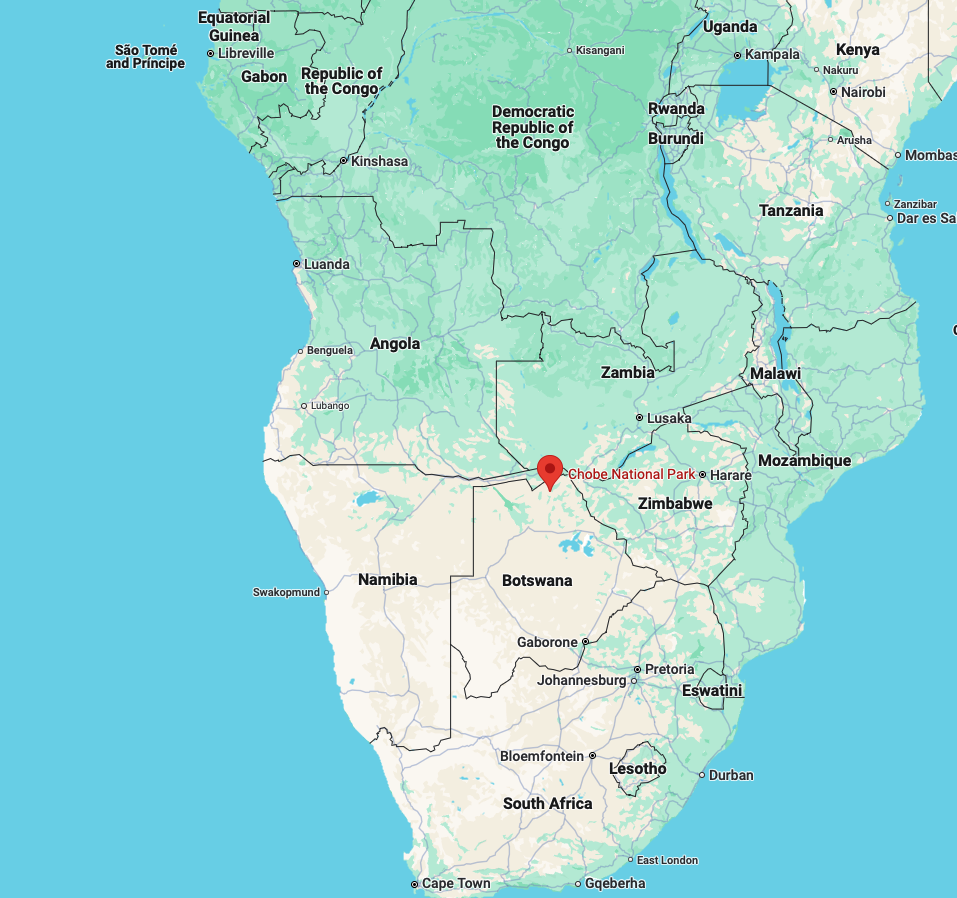
Credit: Google Maps
Where is Botswana?
Botswana, a landlocked country in Southern Africa, is nestled between South Africa, Namibia, Zimbabwe, and Zambia. This strategic location at the heart of the southern African plateau has shaped its landscape and wildlife, creating a unique tapestry of ecosystems that range from the lush Okavango Delta to the arid Kalahari Desert.
As Mma Ramotswe might observe, "Botswana, you see, is like a good cup of bush tea. At first glance, it may seem simple and unremarkable. But if you take the time to truly savor it, to let its essence seep into your soul, you'll discover a depth of flavor and a richness of experience that can't be found anywhere else in the world."
The country covers an area of approximately 581,730 square kilometers (224,607 square miles), about the size of France or Texas. Its capital and largest city, Gaborone, is situated in the southeast, near the border with South Africa.
However, for most safari-goers, the gateway to Botswana's wildlife wonders is often Maun, a small town in the north that serves as the jumping-off point for excursions into the Okavango Delta and Moremi Game Reserve.
.
What makes Botswana unique compared to other African countries?
Botswana stands out among African nations for several reasons:
1. Political Stability and Economic Success:
Since gaining independence in 1966, Botswana has maintained a stable, democratic government. Its prudent management of diamond resources has fueled economic growth, transforming it from one of the poorest countries in Africa to an upper-middle-income nation.
2. Conservation Commitment:
Botswana has dedicated nearly 40% of its land to national parks and reserves, ensuring that its natural treasures are protected for generations to come.
3. Low-Impact Tourism Model:
Unlike some African destinations that cater to mass tourism, Botswana has adopted a "high value, low volume" approach. This means fewer tourists, but a more exclusive and sustainable safari experience.
4. Diverse Ecosystems:
From the watery wonderland of the Okavango Delta to the stark beauty of the Kalahari Desert, Botswana offers an incredible variety of landscapes and wildlife habitats.
5. Abundant Wildlife:
Botswana is home to some of the largest remaining populations of African elephants, as well as healthy numbers of other iconic species like lions, leopards, and African wild dogs.
As David Attenborough might describe it: "In Botswana, the pulse of wild Africa still beats strong. Here, on any given day, you might witness nature's grand dramas unfold - a cheetah racing across the savanna, a fish eagle plucking its prey from the waters of the delta, or a herd of elephants traversing ancient migratory routes. It's a living, breathing showcase of the natural world at its most magnificent."
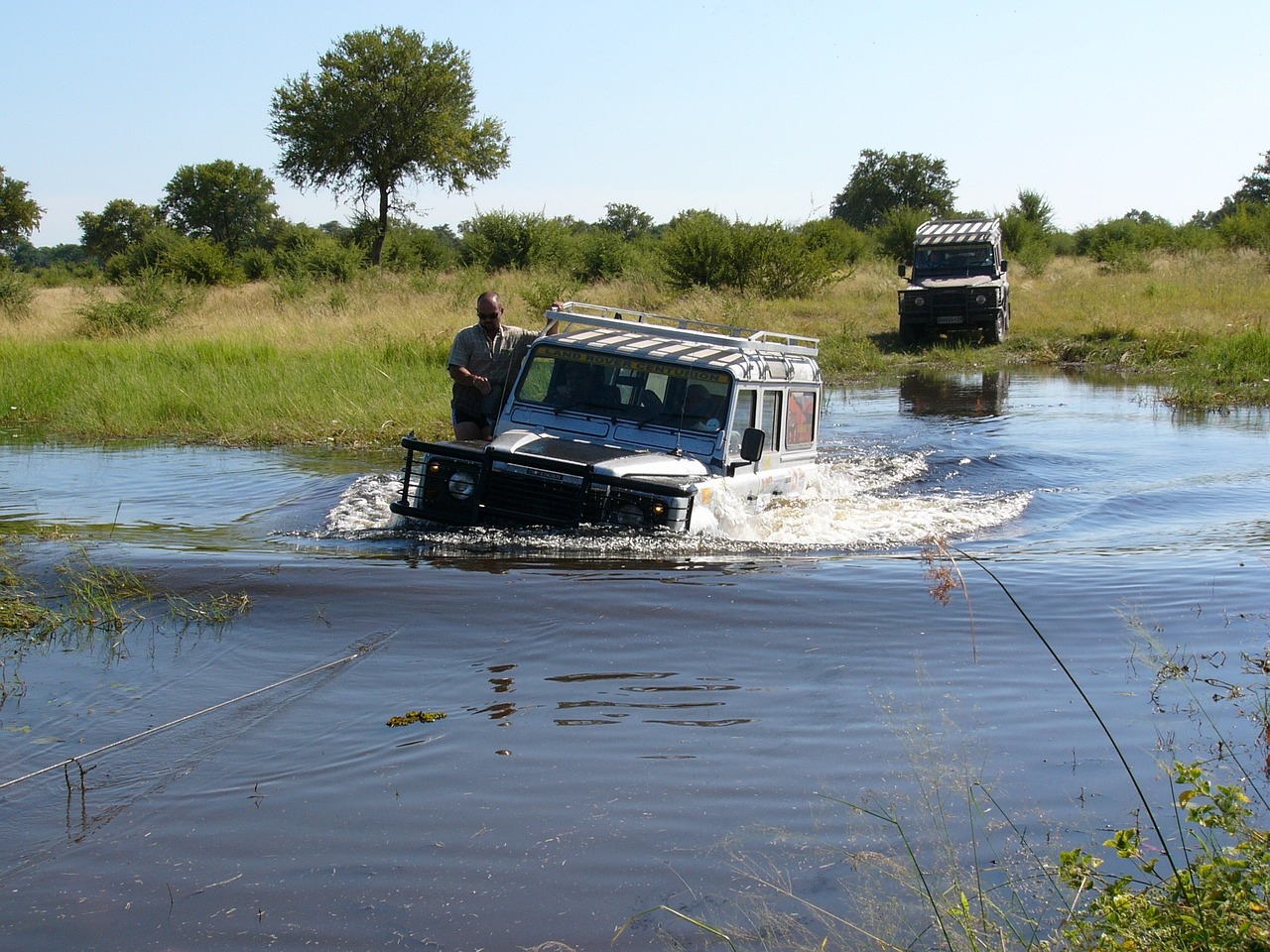
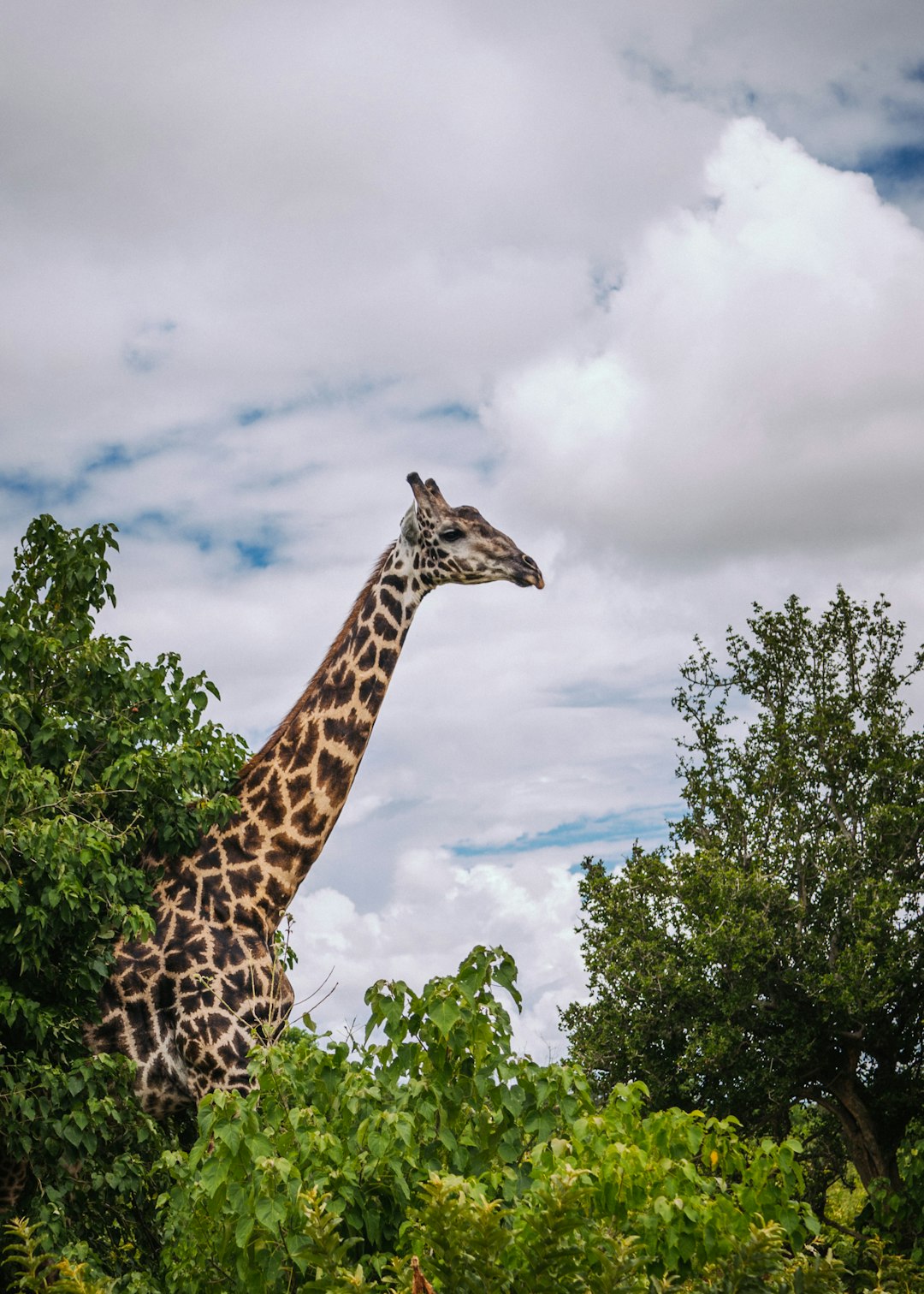
What wildlife can I expect to see on a safari in Botswana?
Botswana offers some of the most diverse and abundant wildlife viewing in Africa. Here's what you might encounter:
1. Elephants:
Botswana is home to the world's largest elephant population, with an estimated 130,000 of these magnificent creatures.
2. Big Cats:
Lions, leopards, and cheetahs are all found here. The Kalahari's black-maned lions are particularly impressive.
3. African Wild Dogs:
Botswana is one of the last strongholds for these endangered predators.
4. Hippos and Crocodiles:
Abundant in the Okavango Delta and Chobe River.
5. Antelopes:
From the majestic kudu to the water-loving red lechwe, Botswana hosts a variety of antelope species.
6. Zebras:
Large herds can be seen, especially during their annual migration to the Makgadikgadi Pans.
7. Giraffes:
Frequently spotted in the drier areas of the
country.
8. Meerkats:
These charismatic creatures can be observed in the Kalahari.
9. Birdlife:
With over 550 recorded species, Botswana is a birdwatcher's paradise. Look out for the African fish eagle, the colorful lilac-breasted roller, and the rare Pel's fishing owl.
When is the best time to visit Botswana?
The best time to visit Botswana depends on what you want to experience. Here's a breakdown of the seasons:
Dry Season (May to October):
- Best for wildlife viewing as animals congregate around water sources
- Cooler temperatures, especially in the mornings and evenings
- Less vegetation makes it easier to spot animals
- Peak tourist season, especially July to October
Wet Season (November to April):
- Lush green landscapes and excellent for bird watching
- Fewer tourists and lower prices
- Some areas may become inaccessible due to rains
- Wildlife more dispersed but still plentiful
For most visitors, the dry season (especially June to October) offers the best wildlife viewing opportunities. However, each season has its unique charm:
- May-August: Pleasant temperatures, good wildlife viewing
- September-October: Peak game viewing, but very hot
- November-April: Green season, great for birding and baby animals
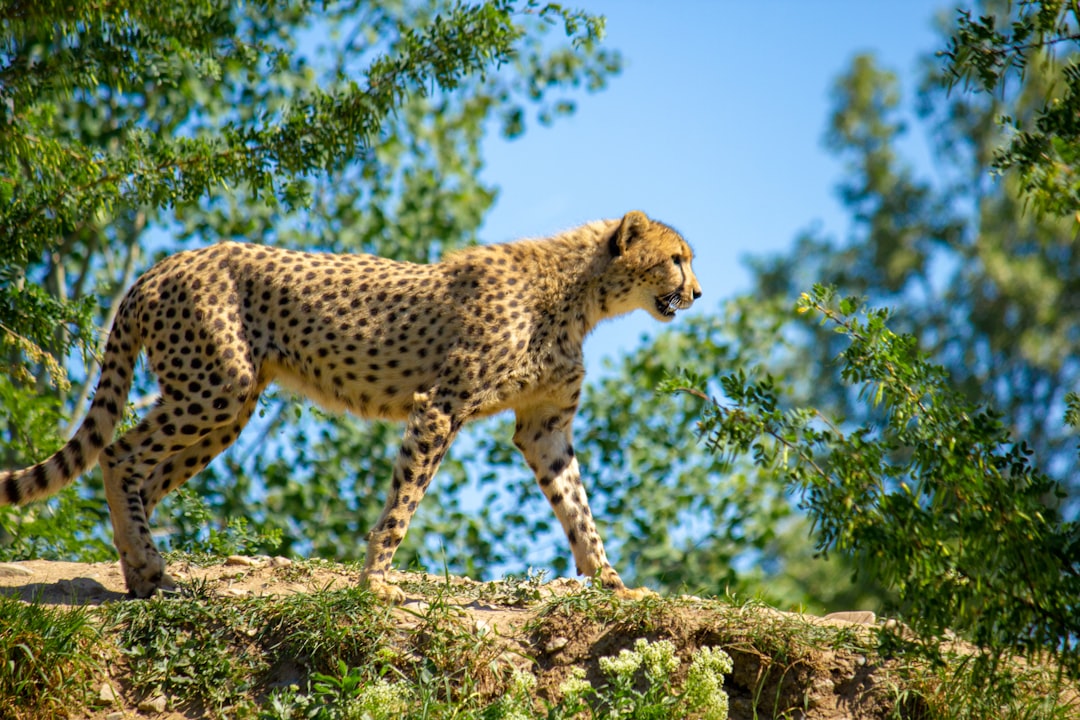
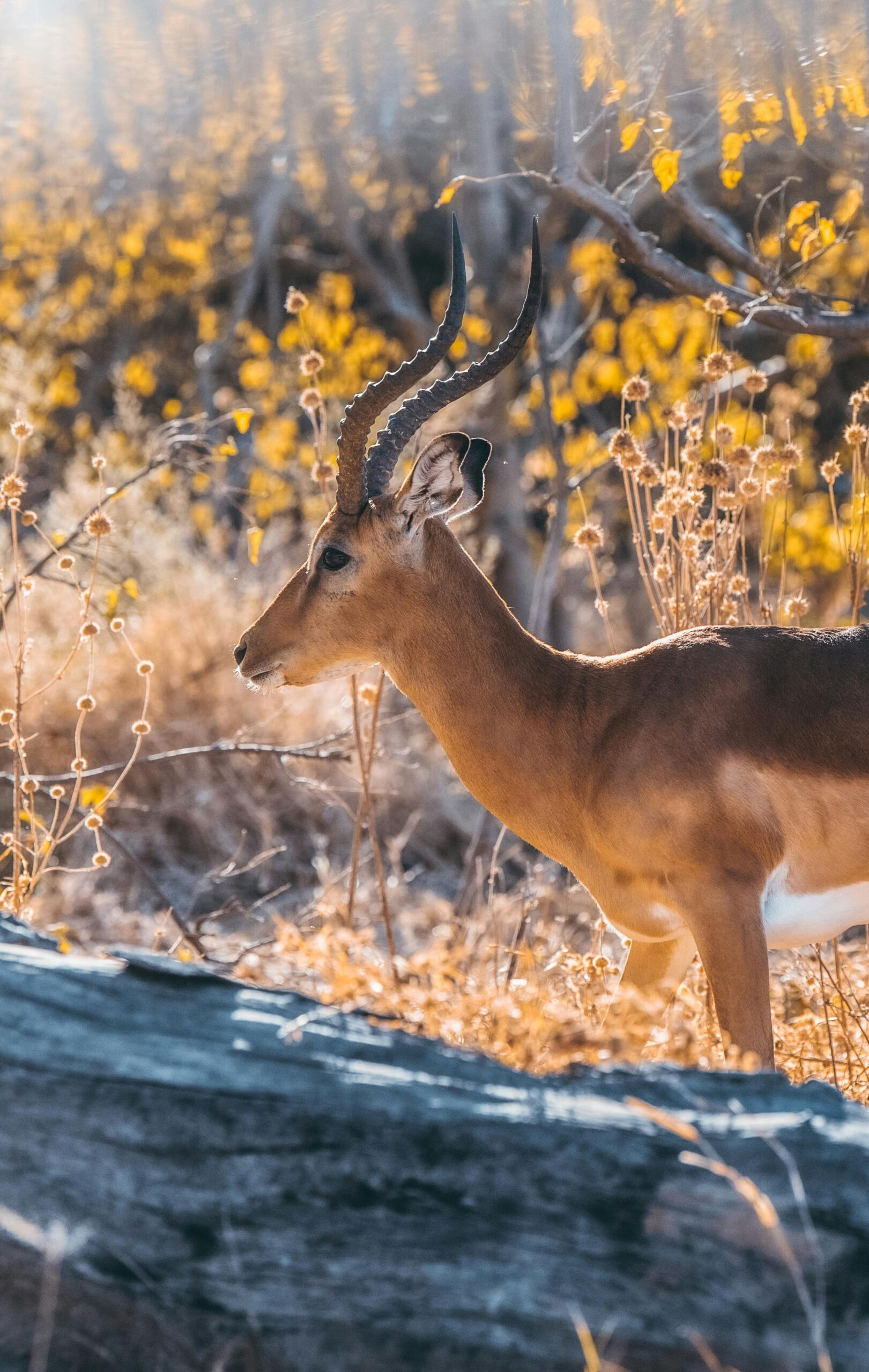
How do you get to Botswana?
Most international visitors arrive in Botswana by air.
The main points of entry are:
1. Sir Seretse Khama International Airport (GBE) in Gaborone: This is the country's main international airport, with connections to several African cities.
2. Maun Airport (MUB): While primarily domestic, it handles some international flights and is the main gateway for safaris to the Okavango Delta and surrounding areas.
3. Kasane Airport (BBK): Serves the Chobe National Park area and has some international connections.
Many visitors fly into Johannesburg, South Africa, and then take a connecting flight to Botswana. From there, light aircraft flights are often used to reach remote safari camps.
It's also possible to enter Botswana by road from neighboring countries. The main border crossings are:
- From South Africa: Tlokweng Gate (near Gaborone) and Ramatlabama
- From Namibia: Ngoma Bridge and Mohembo
- From Zimbabwe: Kazungula (ferry crossing) and Ramokgwebana
Remember to check visa requirements before your trip. Many nationalities, including US citizens, can obtain a visa on arrival for stays up to 90 days.
What activities are available on a Botswana safari?
Botswana offers a diverse range of safari activities, each providing a unique perspective on its extraordinary ecosystems:
1. Game Drives: The classic safari experience, exploring the parks and reserves in open 4x4 vehicles.
2. Mokoro Trips: Glide silently through the Okavango Delta's channels in a traditional dugout canoe.
3. Walking Safaris: Experience the bush on foot, learning about smaller creatures and plants.
4. Boat Safaris: Particularly popular in Chobe National Park, offering close-up views of elephants and other wildlife.
5. Night Drives: Available in some private concessions, allowing glimpses of nocturnal wildlife.
6. Horseback Safaris: Offered in some areas, providing a unique way to approach wildlife.
7. Scenic Flights: Get a bird's eye view of the delta or salt pans from a small plane or helicopter.
8. Cultural Visits: Learn about traditional lifestyles by visiting local villages or interacting with San Bushmen.
9. Photographic Safaris: Specialized trips catering to photography enthusiasts.
10. Fishing: Catch-and-release fishing is available in some areas.
Each activity in Botswana offers a new window into this complex ecosystem. From the silent glide of a mokoro to the thundering approach of a vehicle on a game drive, every moment brings the potential for a new discovery, a glimpse into the intricate web of life that makes this place so extraordinary.
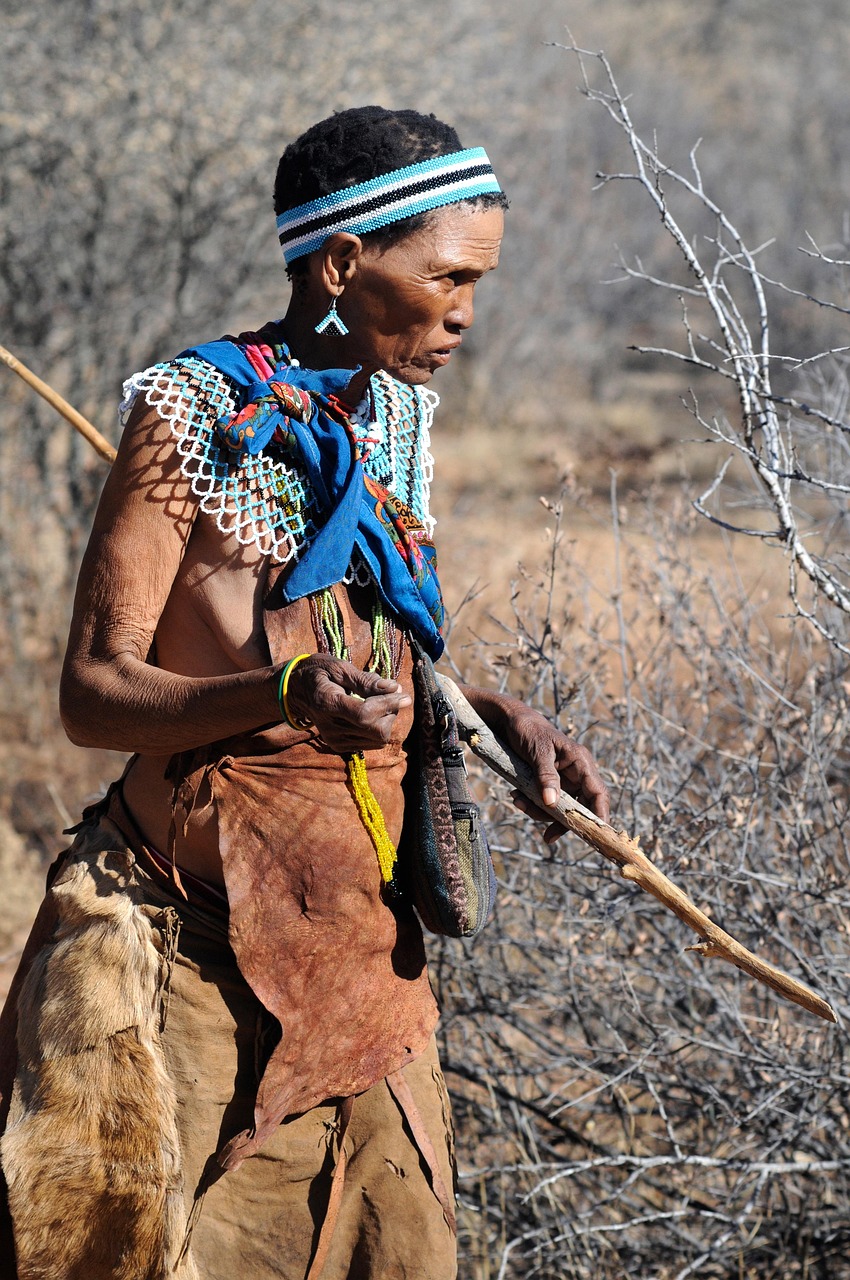
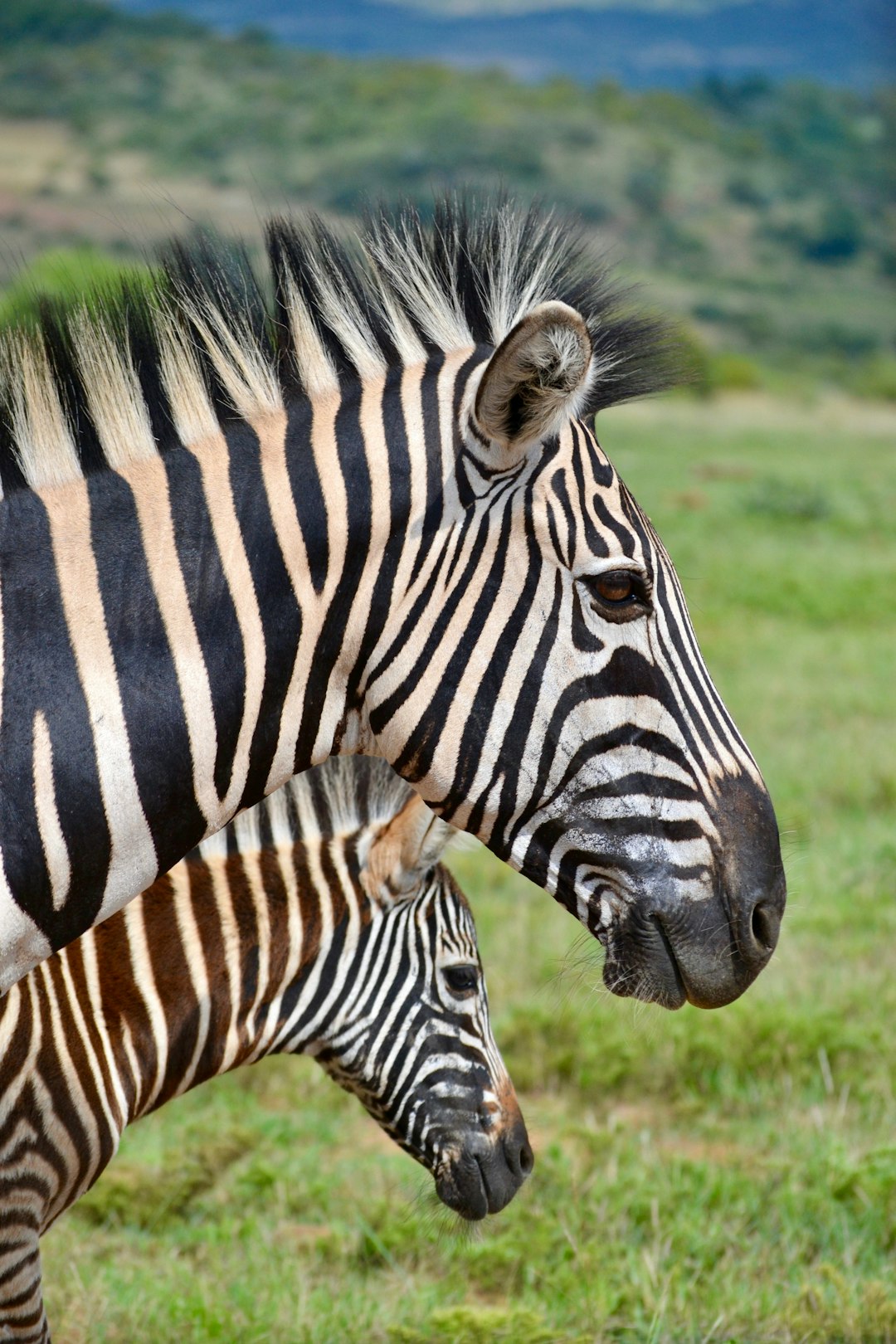
Where can you stay in Botswana?
Accommodation in Botswana caters to various preferences and budgets:
1. Luxury Lodges: High-end amenities in prime locations, often with all-inclusive packages.
2. Tented Camps: Ranging from rustic to luxurious, offering a more immersive bush experience.
3. Mobile Safaris: Temporary camps that follow wildlife movements, providing a more adventurous experience.
4. Self-Drive Camping: For the truly independent traveler, many parks have basic camping facilities.
5. Houseboats: Available on the Chobe River, offering a unique perspective.
Some popular areas for accommodation include:
- Okavango Delta: Known for its water-based camps and lodges.
- Chobe National Park: Offers a range of lodges, particularly around Kasane.
- Central Kalahari Game Reserve: More remote, with a few luxury camps.
- Makgadikgadi Pans: Unique desert camps, some offering quad biking experiences.
Remember, many of the more exclusive lodges book up well in advance, especially for the peak season (July to October).
How much does a Botswana safari cost?
Botswana is known for its "high value, low volume" tourism approach, which means it can be more expensive than some other African safari destinations. However, the experience is often unparalleled. Costs can vary widely depending on the type of safari, accommodation, and time of year.
- Budget safaris: From $200-$300 per person per day
- Mid-range safaris: $300-$800 per person per day
- Luxury safaris: $800-$2500+ per person per day
These prices typically include accommodation, meals, game drives, and some activities. International and local flights are usually extra.
Factors affecting cost:
1. Season: Peak season (July-October) is more expensive than the green season (November-April).
2. Accommodation type: Luxury lodges cost more than basic camps.
3. Location: Remote areas like the Okavango Delta tend to be pricier due to logistics.
4. Duration: Longer stays may offer better value.
5. Group size: Private guides and vehicles cost more than shared options.
While Botswana can be expensive, many travelers find the experience worth the investment. As Mma Ramotswe might say, "In Botswana, we understand the value of our natural treasures. The memories you make here, the sights you see, the peace you feel - these are things that money cannot truly measure."
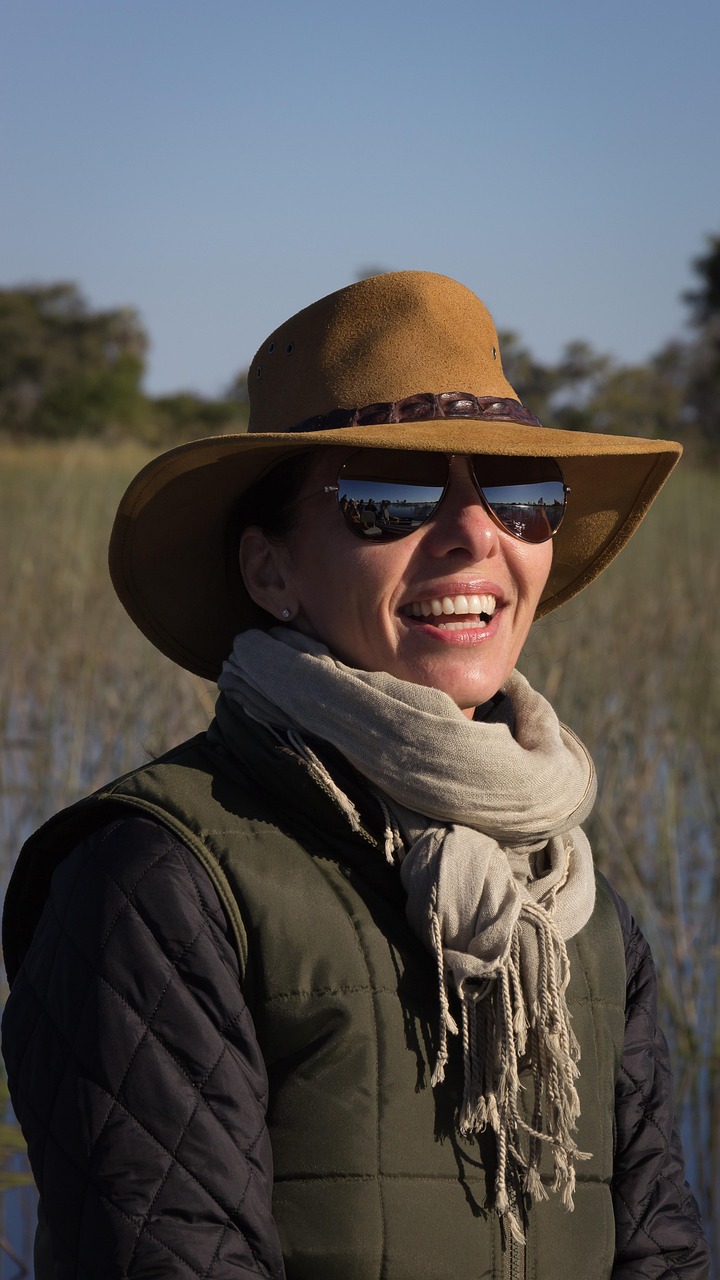

What should I pack for a Botswana safari?
Packing for a Botswana safari requires careful consideration. Here's a list of essentials:
1. Clothing:
- Neutral-colored, lightweight clothing (avoid bright colors and white)
- Long-sleeved shirts and long pants for sun and insect protection
- Warm layers for early mornings and evenings
- Comfortable walking shoes and sandals
- Sun hat and sunglasses
2. Equipment:
- Binoculars
- Camera with extra batteries and memory cards
- Headlamp or flashlight
- Reusable water bottle
3. Health and Safety:
- High SPF sunscreen
- Insect repellent
- Basic first aid kit
- Any personal medications
4. Documents:
- Passport and visa (if required)
- Travel insurance documents
- Vaccination certificates (if required)
Remember, many safari camps offer laundry services, so you don't need to overpack. Also, be aware of luggage weight restrictions on light aircraft flights within Botswana.
How has conservation impacted the wildlife in Botswana?
Botswana's commitment to conservation has had a significant positive impact on its wildlife:
1. Elephant Population Growth: Strict anti-poaching measures have led to Botswana hosting the world's largest elephant population.
2. Predator Recovery: Species like African wild dogs and cheetahs have found refuge in Botswana's vast protected areas.
3. Sustainable Tourism: The "high value, low volume" tourism model has allowed for wildlife viewing without overwhelming animal habitats.
4. Community Involvement: Many conservation initiatives involve local communities, reducing human-wildlife conflict.
5. Transfrontier Conservation: Botswana's participation in cross-border conservation areas has allowed for better management of migratory species.
6. Habitat Preservation: Large tracts of land have been preserved in their natural state, maintaining crucial wildlife corridors.
Botswana's approach to conservation is a beacon of hope in a world where wildlife faces increasing pressures. Here, we see what's possible when a nation commits to protecting its natural heritage, not just for the benefit of wildlife, but for the wellbeing of its people and the enrichment of our global community.
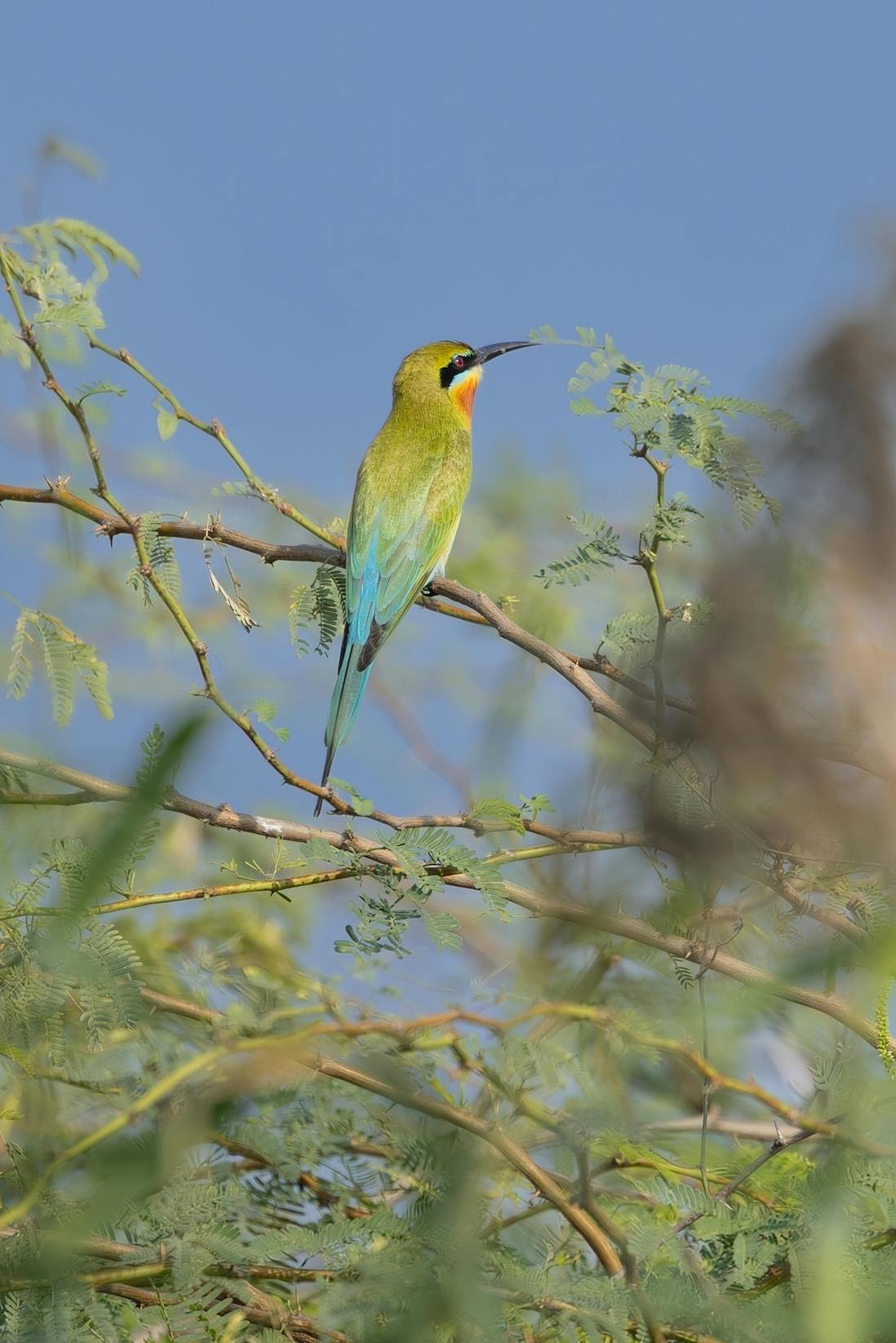
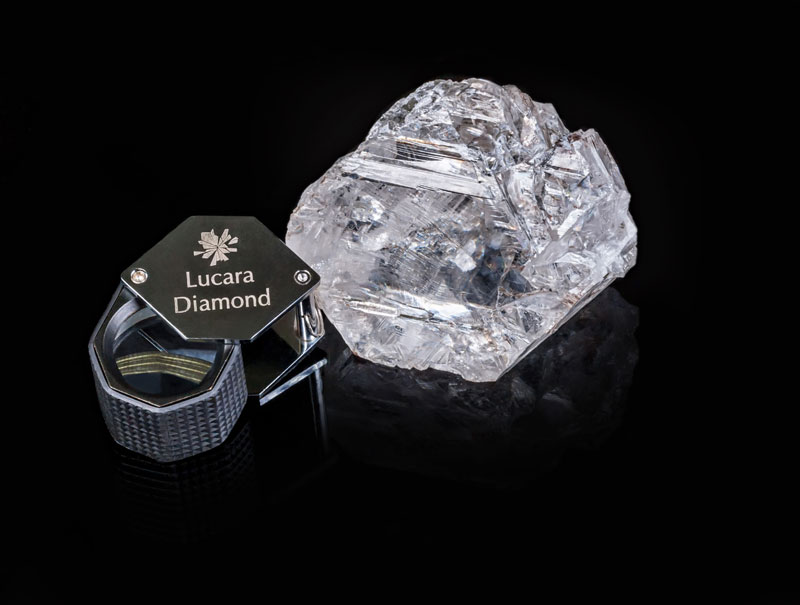
What are some lesser-known facts about Botswana?
1. World's Second Largest Diamond: The world's second-largest diamond, the 1,109-carat Lesedi La Rona, was found in Botswana in 2015.
2. Oldest Continuous Democracy in Africa: Botswana has maintained a stable, multi-party democratic system since independence in 1966.
3. San Bushmen Heritage: The San people of the Kalahari are believed to be one of the oldest cultures in the world, with a history dating back over 20,000 years.
4. Salt Pans Visible from Space: The Makgadikgadi Pans, one of the world's largest salt pans, is visible from space.
5. Unique Zebra Migration: The Makgadikgadi-Nxai Pan zebra migration is the second largest in Africa after the Serengeti wildebeest migration.
6. High Literacy Rate: Botswana has one of the highest literacy rates in Africa, at over 80%.
7. Chobe Bushbuck: This subspecies of bushbuck is found only in and around Chobe National Park.
8. Underwater Caves: The Gcwihaba Caves in northwestern Botswana feature underwater passages and rare rock formations.
These lesser-known facts add depth to Botswana's story, reminding us that there's always more to discover in this remarkable country.
Botswana offers a safari experience that engages all the senses and leaves an indelible mark on the soul. From the thunderous footfalls of elephant herds to the silent grace of a leopard, from the earthy scent of the African bush to the taste of sundowners as the sky explodes in color, Botswana is a place where the magic